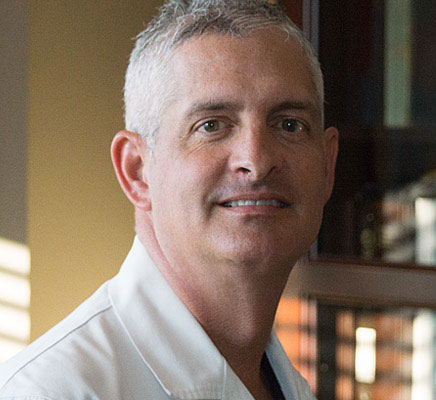
Is Breast Reconstruction Right for Me?
Breast reconstruction, more technically termed “reconstruction mammaplasty,” is a procedure in which one or both breasts are reconstructed. Women who wish to have this procedure should:
- Have realistic goals and expectations
- Not have serious medical conditions or health problems
- Want breast reconstruction for their own personal reasons, not to meet an idealistic image
A potentially satisfying procedure that will affect the patient both physically and mentally, breast reconstruction surgery can provide the patient with natural-looking breasts. Although the reconstructed breast(s) will never feel the same as it once did, Dr. Livingston will be able to offer patients excellent results through breast reconstruction.
With the use of breast implants and/or flap surgery, Dr. Livingston will be able to rebuild the breast(s) using a number of methods.


